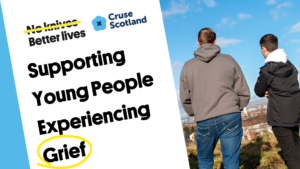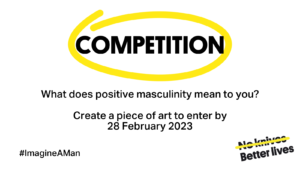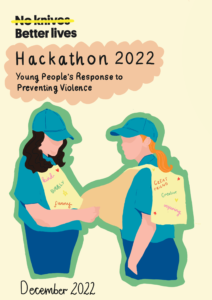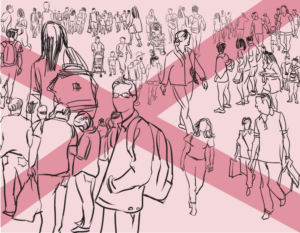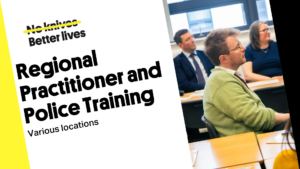Imagine a Man: What is it like to be a boy or young man in Scotland in 2021?
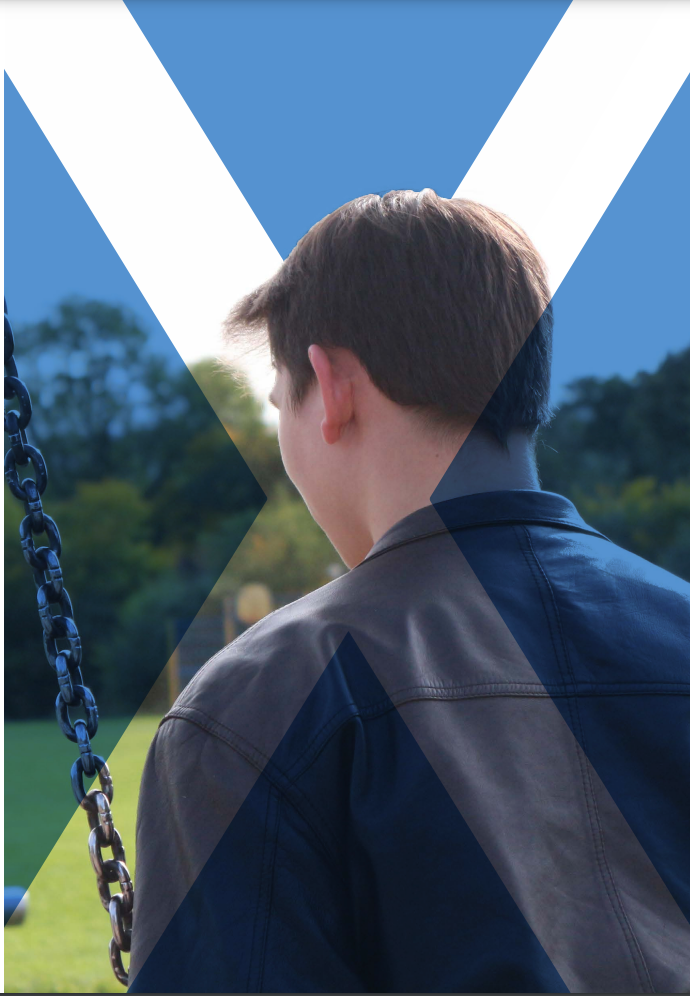
In 2021 as part of the No Knives, Better Lives programme, YouthLink Scotland explored what it is like to be a boy or young man in Scotland today.
The purpose of the research was to develop and deepen our understanding of how young people feel about masculinity and growing up. Lots of young people took part in our research and we were a little surprised at the high level of interest. This showed us that this is an important subject and young people really wanted to talk about it.
Because violence is predominantly a male experience (as they are much more likely than women to be both perpetrators and victims of violent acts) we wanted to find out when, where and who could make a positive intervention. We also wanted to find out, from boys and young men themselves, how they reflected on the pressures to conform to gender stereotypes and how this impacted on them as individuals. Therefore, this report addresses, primarily, the male experience of violence and analyses their understanding of risk and protective factors.
The story we heard, from all genders, was a much more positive and complicated one. It is true that boys and young men do feel cultural and societal pressures to conform to stereotypes, but they are very aware of this. In our survey, boys and young men, from very diverse backgrounds were able to reflect on their experience and demonstrate a really deep awareness of what constituted undue ‘negative’ pressure.
From our discussions with all young people from all genders, the problem is not with individuals but with a lack of space, place and person to talk through these things. Growing up without these discussions and with antisocial behaviour as the cultural norm at home and in the community, is where things get trickier for boys and young men. It’s there where we need practitioners to hold these discussions about what constitutes a positive masculinity and create those safe spaces to talk openly to young people.
Read the full report, recommendations and phase 2 plans here...
